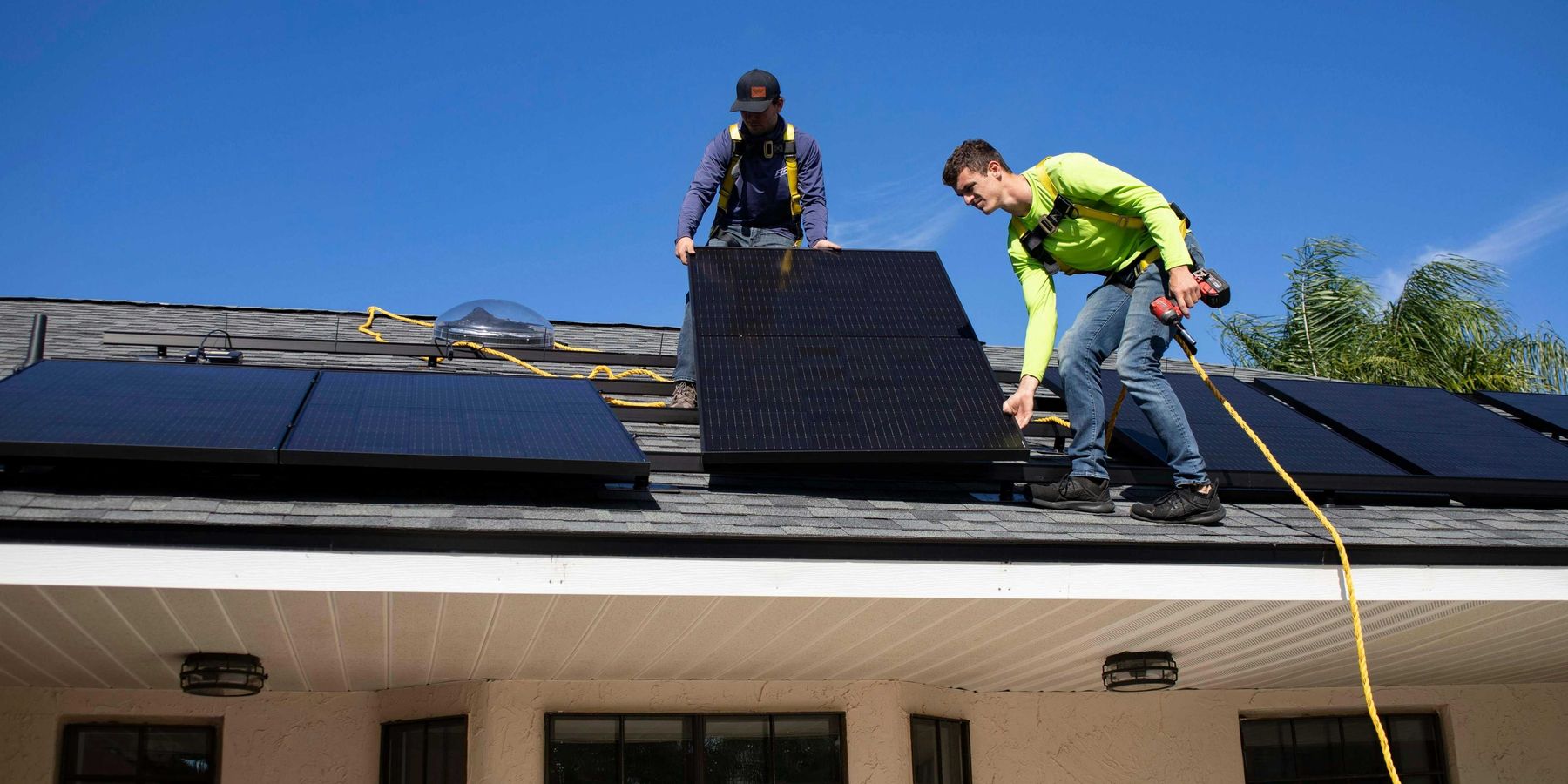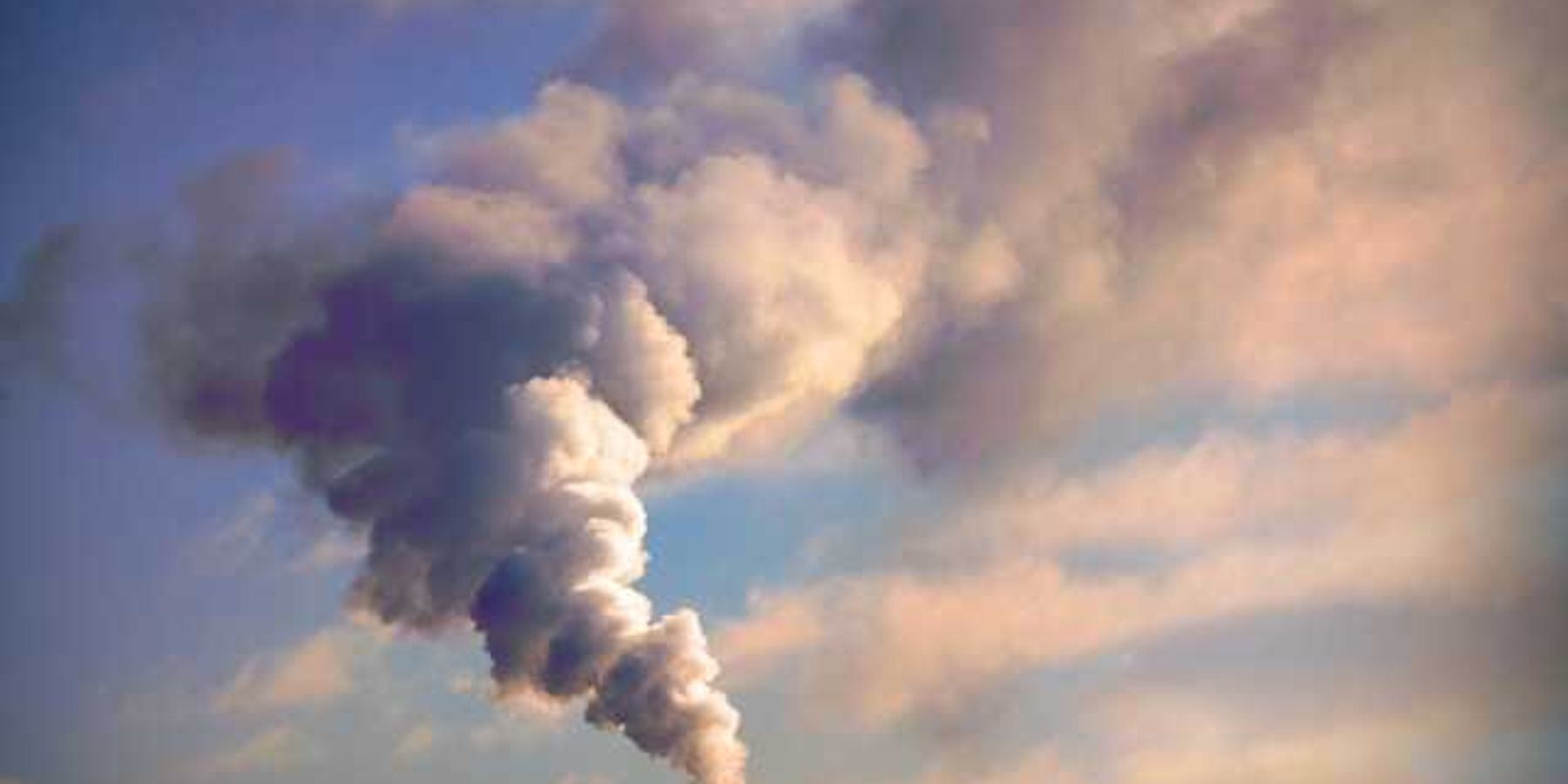FEMA staff cuts raise concerns about disaster response
Hundreds of Federal Emergency Management Agency (FEMA) employees were fired over the holiday weekend, raising concerns about the agency’s ability to assist communities recovering from disasters.
Brianna Sacks, Hannah Natanson and Ruby Mellen report for The Washington Post.
In short:
- The Trump administration’s firings at FEMA targeted probationary and contract employees, potentially leaving the agency with 1,000 fewer workers.
- Cuts include staff handling disaster recovery grants, flood insurance, and climate resilience programs, with rural and tribal communities among the most affected.
- The layoffs could slow disaster response efforts, prolong wait times for aid, and shift recovery burdens to state and local governments.
Key quote:
“If FEMA’s capacity is dramatically cut, as it has been and seems likely to continue to be, coordination and resourcing will fall to states, local governments, and nonprofits, which simply can’t provide the resources and certainly not the technical and coordination support that FEMA currently provides.”
— Katie Mears, senior specialist in U.S. disaster and climate risk, Episcopal Relief and Development
Why this matters:
FEMA plays a crucial role in helping communities recover after disasters, from hurricanes to wildfires. With billion-dollar catastrophes becoming more frequent, staff shortages could mean slower response times, delayed financial aid, and weakened preparedness efforts. Rural and low-income areas, which rely heavily on FEMA grants and technical assistance, may struggle the most. If the agency’s capacity continues to shrink, disaster relief could become more fragmented, leaving states and nonprofits to fill the gaps.
Read more: FEMA firings target climate and equity staff













